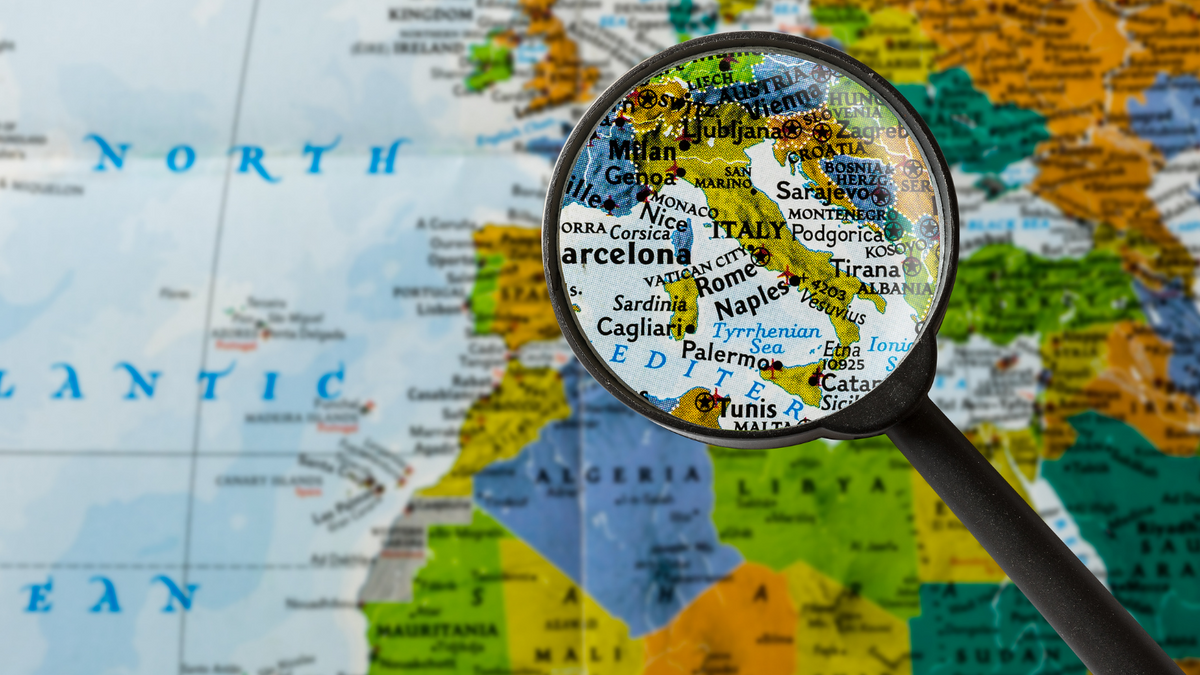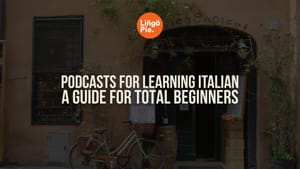Ah, Italy. With its rich history and culture, it’s no wonder that it’s the setting for so many movies and tops all kinds of travel destination lists. From the Italian language, food, and historical sites to the sports, music, art, and cinema, there’s something for everyone in Italy.
Keep reading to find out all about some of the most unique characteristics of Italy that we think everybody should know about!

What Languages Do People Speak In Italy?
As you can probably guess, Italian is the official language of Italy, and approximately 93% of the country’s population speak Italian as their native language.
However, about 50% of those people speak unique regional dialects, which are often mutually unintelligible. Linguists consider these dialects separate languages, though they are not officially recognized as such.

Other notable minority languages spoken in Italy include:
- Ladin
- Slovene
- German
- French
- Albanian
- Croatian
- Greek
- Catalan
A Look at Ancient Rome and Its Cultural Sites in Italy
Italy’s history is long, complex, and impossible to sum up in a single article, but what it’s probably most known for is the Roman Empire, which we can trace back to the founding of the city of Rome in 753 B.C.
As legend has it, Rome was founded by twin brothers, Romulus and Remus, who were suckled by a she wolf as orphans. They were later found and raised by a shepherd and his wife, and eventually decided to found a city on the site where the wolf rescued them as infants.
In reality, the date for the founding of Rome was set by the Roman scholar Marcus Terentius Varro hundreds of years later, so we can’t really be sure when it was actually founded.
What we do know is that, starting in the 4th century B.C., Rome began expanding across the Italian peninsula, and eventually came to dominate all of western Europe and beyond.
The Roman empire lasted in all its glory for over 800 years, until 476 A.D. — the official date many historians say the empire fell.
So, what does all this history mean for Italy’s culture today? Well, there are ancient Roman ruins all over the country, and anyone traveling or living in Italy is bound to put at least a few of them at the top of their list of Italian cultural sites to see.


Some of the most popular ancient Roman ruins to visit are:
- The Colosseum
- The Roman Forum
- Pompeii and Herculaneum
- Ostia Antica
- Hadrian’s Villa, Tivoli
- Capua Amphitheatre
Why Do We Love Italian Food So Much?
Of course, no article about Italian culture facts would be complete without talking about food. Pretty much anywhere you go in the world, you’re going to come across Italian influences in the cuisine — especially in the delicious and varied forms of pizza and pasta.

Not only that, but many of the most common types of cheese we eat regularly have their origins in Italy. Mozzarella and parmesan instantly come to mind, but did you know that there are actually more than 2,500 types of cheese in Italy?!
The spread of Italian food can be attributed to the Italian diasporas, or large-scale emigration of Italians, that occurred in the 18th and 19th centuries.
In the Americas, many Italians immigrated to Canada, the United States, and Argentina, in particular, which is a big part of why Italian food is so prolific in those countries (besides being some of the most delicious comfort food around).
What About Italian Sports, Music, Art, and Cinema?
Italy has come a long way since the days of the bloody sports that took place in the Colosseum, but the Roman gladiatorial spirit perhaps lives on in the country’s most beloved sport: football (or soccer, depending on where you’re reading this from).
Italy’s national football association, the Federazione Italiana Giuoco Calcio (FIGC), was formed all the way back in 1898 and the sport has been an integral part of Italian culture ever since.
The Italian national team has won the World Cup 4 times, which is more than any other team besides Brazil. Additionally, Italy won this year’s 2020 European Football Championship (sorry, England).
As for music, Italy’s biggest musical gift to the world is opera, which originated at the end of the 16th century. The style of music and performance quickly spread across Europe and is still enjoyed by many classical music fans today.
When it comes to Italian art, it’s hard to know where to start. The ancient Romans left behind countless works of art in the forms of sculptures, mosaics, frescos, and more. But Italy was also the main center of artistic developments during the Renaissance period.
During this period, from the 14th century to the 17th century, all kinds of artists from sculptors to painters began to express subjects more realistically. The renaissance changed art forever and still has influences on modern art styles today.


Some important Italian renaissance artists you should know include:
- Leonardo da Vinci
- Michelangelo Buonarotti
- Raphael Sanzio
- Michelangelo Merisi da Caravaggio
- Lorenzo Ghiberti
- Donatello
- Giovanni Bellini
- Andrea Mantegna
- Titian
- Sandro Botticelli
- Domenico Ghirlandaio
Finally, how to describe Italy without discussing its influence on international cinema? Since the days of experimental silent films, Italian directors and filmmakers have been leading innovation in cinema.
Italian films especially gained recognition throughout the 20th century for their ability to draw insights into society and humanity, especially by immortalizing the class struggles and experiences of Italians on the big screen.
Aside from that, the Italian director Sergio Leone is even credited with inventing the “Spaghetti Western” subgenre, a broad subgenre of western films produced in Europe. You may recognize the titles of his most famous Clint-Eastwood-Starring films: A Fistful of Dollars, For a Few Dollars More, and The Good, the Bad and the Ugly
Here are a few notable Italian directors to check out films by:
- Elio Petri
- Paolo Sorrentino
- Sergio Leone
- Pietro Germi
- Giuseppe Tornatore
- Bernardo Bertolucci
- Federico Fellini
Do These Italian Culture Facts Give You Enough Reasons To Learn the Italian Language?
Whether or not a trip to Italy was already on your bucket list before reading all about the unique characteristics of Italy, learning Italian is definitely something that can culturally enrich your life!

There are tons of Italian cultural works that can help you along your journey to learning the language. You can even learn Italian by watching TV!
Learning a language by watching TV and movies is one of the most effective ways to learn on your own because it teaches you by context.
On Lingopie, you get daily access to Italian news, dramas, comedies, travel shows, short films, and more — all with the option to watch them with interactive Italian or English subtitles. Whenever you want to see the translation of something, you just have to click on the word.
After you finish watching something, you can review what you just learned with built-in flashcards and word lists. Give Lingopie a try and start binge-watching your way to speaking Italian today!
If you feel like doing some more reading, check out this article on how to learn Italian.






![Happy New Year In Italian: 5+ Best Italian Greetings [Guide]](/blog/content/images/size/w300/2024/12/Happy-New-Year-In-Italian.jpg)


